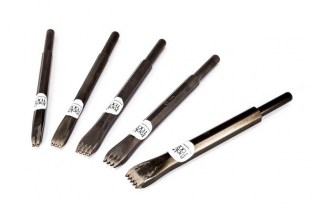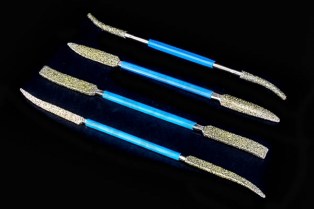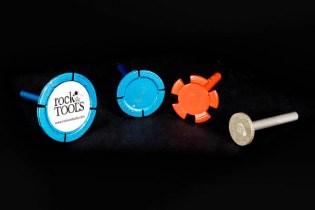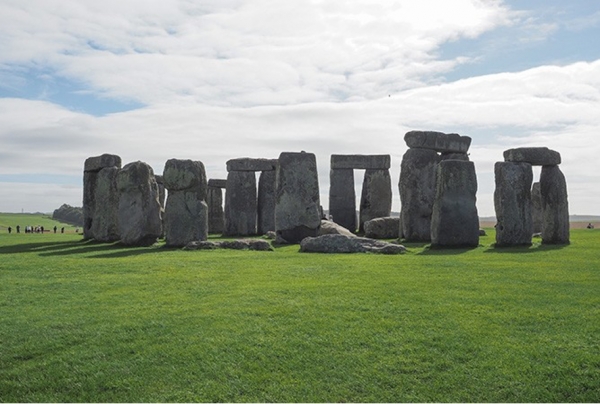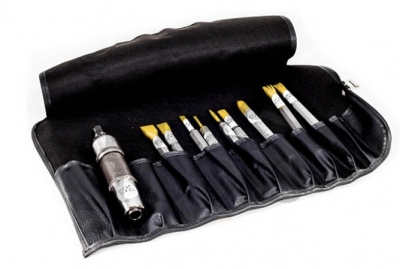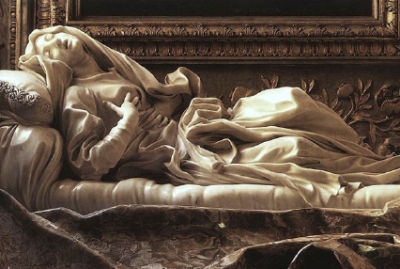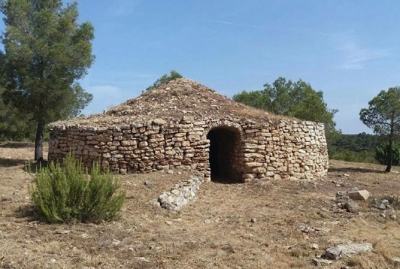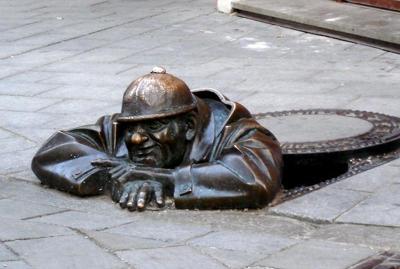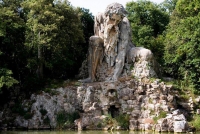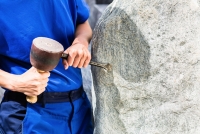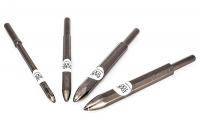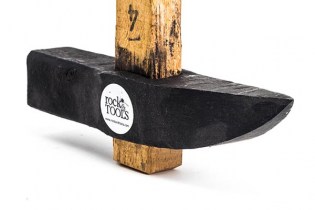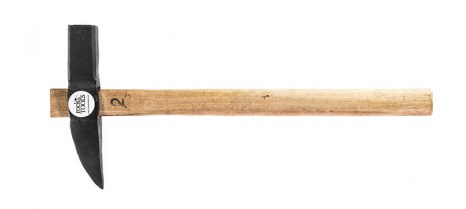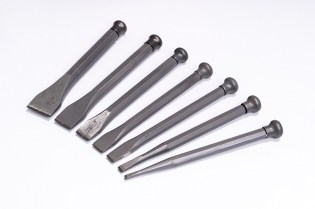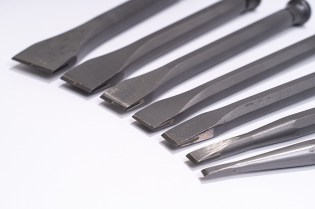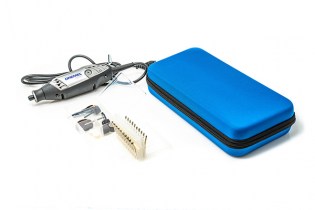Rock & Tools collaborates in the 13th Sculpture Symposium
Every two years, the International Sculpture Symposium is held in Albalate del Arzobispo, and last November the 13th edition took place. Rock & Tools is very happy to collaborate in this kind of event, providing resources and tools for artists to create their incredible sculptures.
This event has become the international framework where nine selected artists work for two weeks to create a sculpture using the star material of the municipality: alabaster. Nine artists from all over the world participated in the event: Yunmi Lee from South Korea, Lara Steffe and Francesco Paglialunga from Italy, Tanya Preminger from Israel, Yannick Robert from France and Mariano Pastor, Jesús Zafra, Borja Barrajón and Noemí Palacios from Spain.
All participants had to send the project they were going to create during the symposium, together with a dossier of their work and professional experience, so that the committee, who made the final selection, could learn about their style and how they work. The theme of the creation was free, but the aim was for each sculptor to enhance the qualities of the alabaster stone, as the goal is to promote this material through art.
One of the major attractions of this event is that, during the two weeks, everyone had the opportunity to visit the Integral Centre for Alabaster Development and see each artist creating their piece in person.
The organisers are very pleased because "it is clear that this symposium has become more and more prestigious in the world of sculpture. In fact, every year proposals come in from higher calibre artists". This is great news!
Tools for sculpting stone
At Rock&Tools, we have extensive experience in the sale of tools for working with stone, so if you have any questions, we’ll be delighted to help. On our site, you’ll find a comprehensive catalogue of all the best tools for sculpting stone. In fact, our blog offers a host of information if you want to get started in this craft. If you have any questions, get in touch with us for advice. Join our community! Follow us here, on our Art Space and on our social media.






